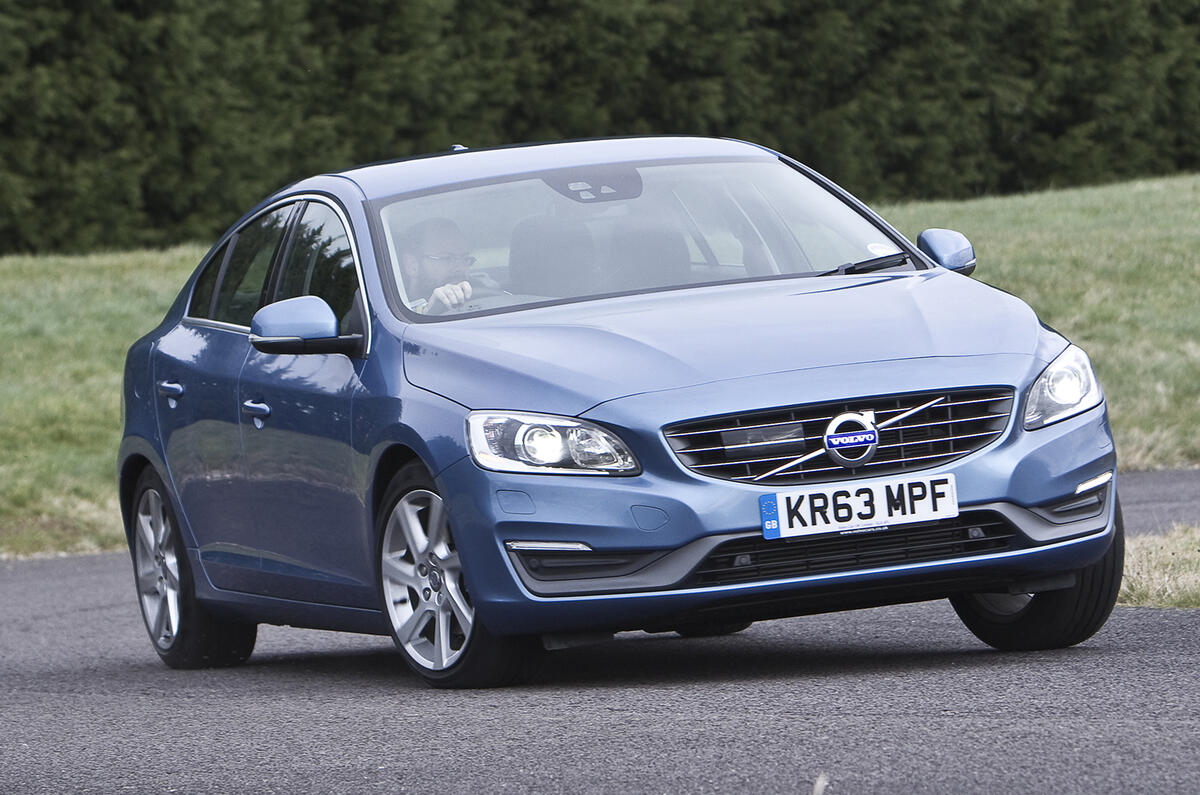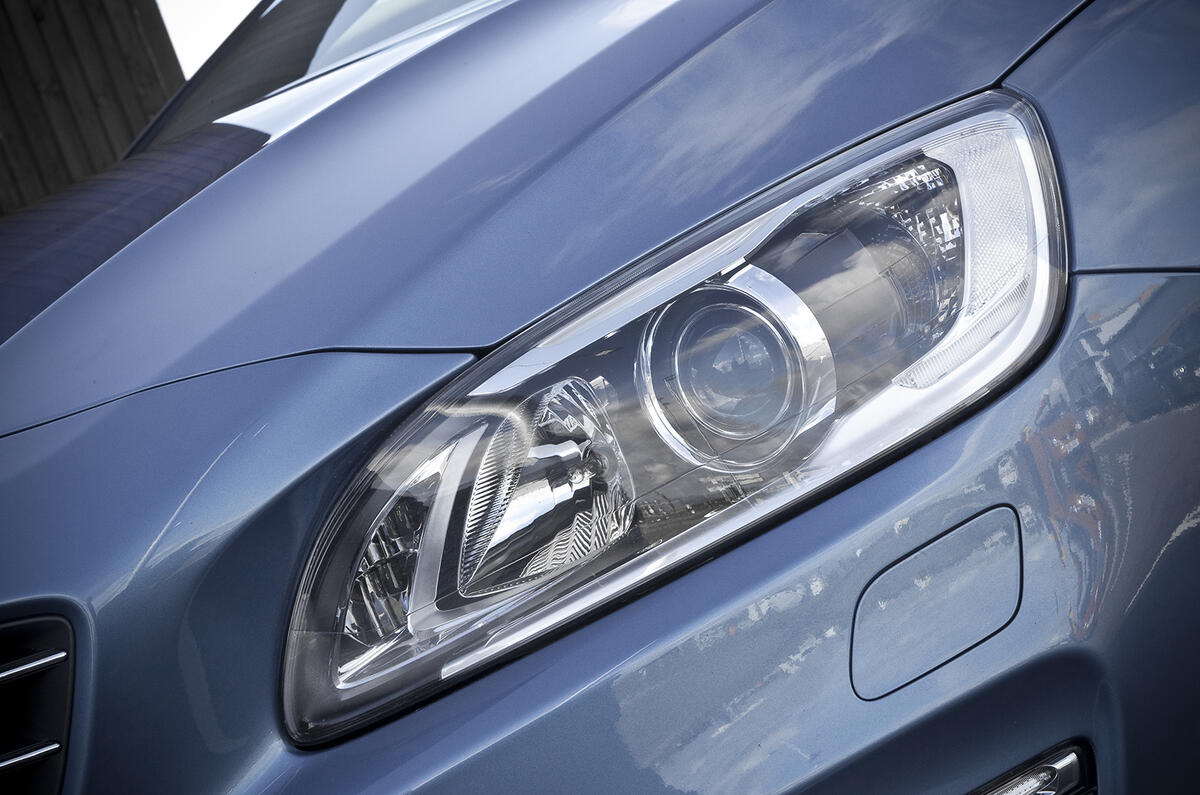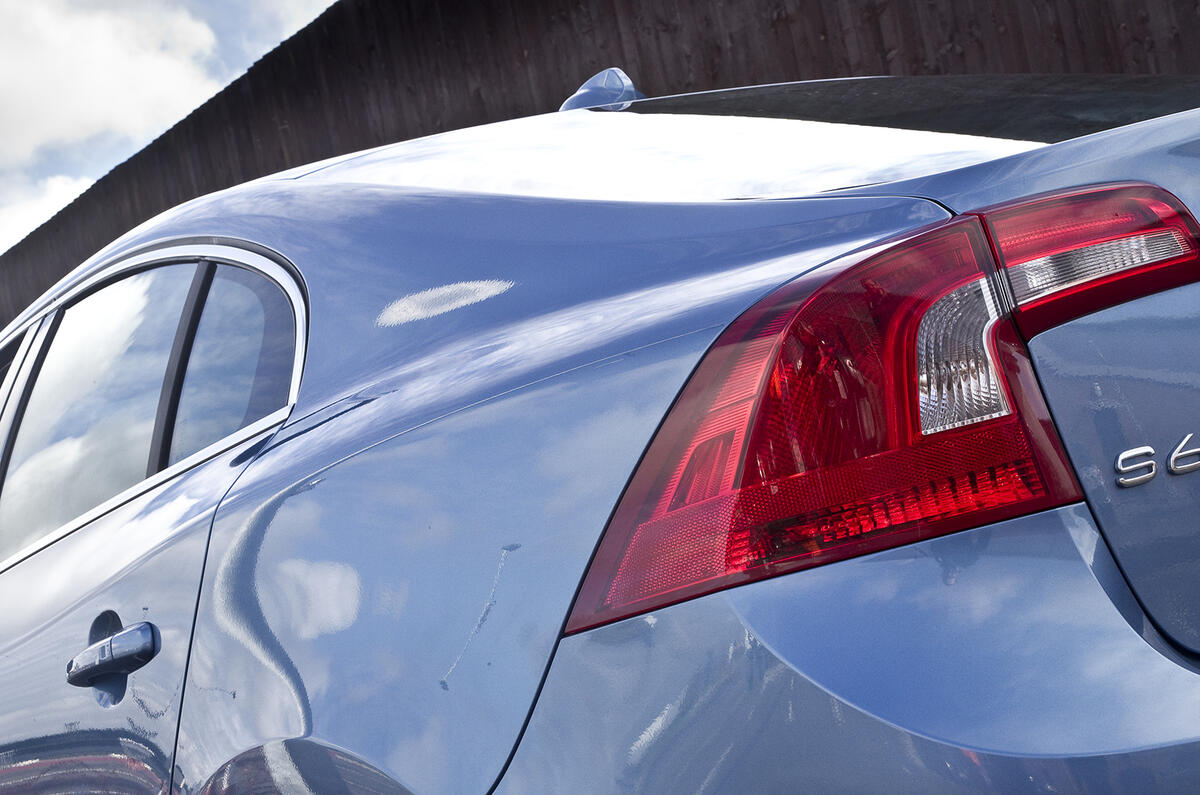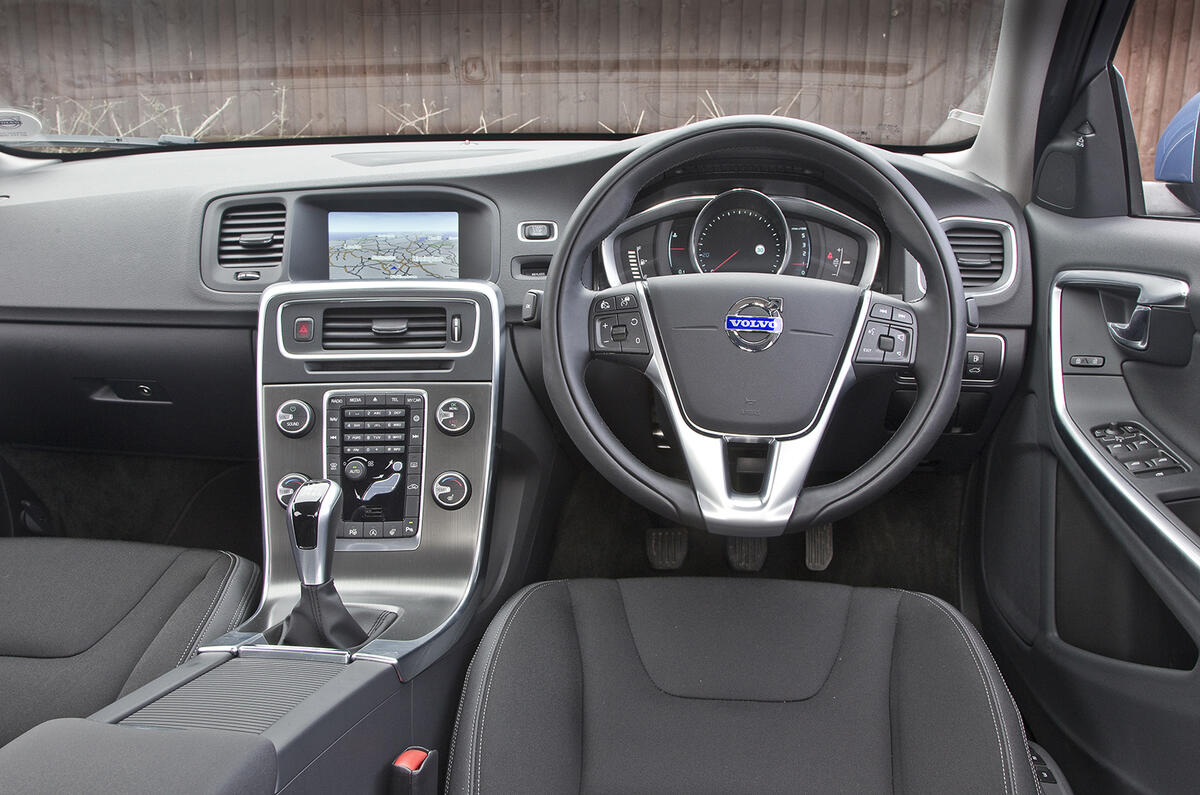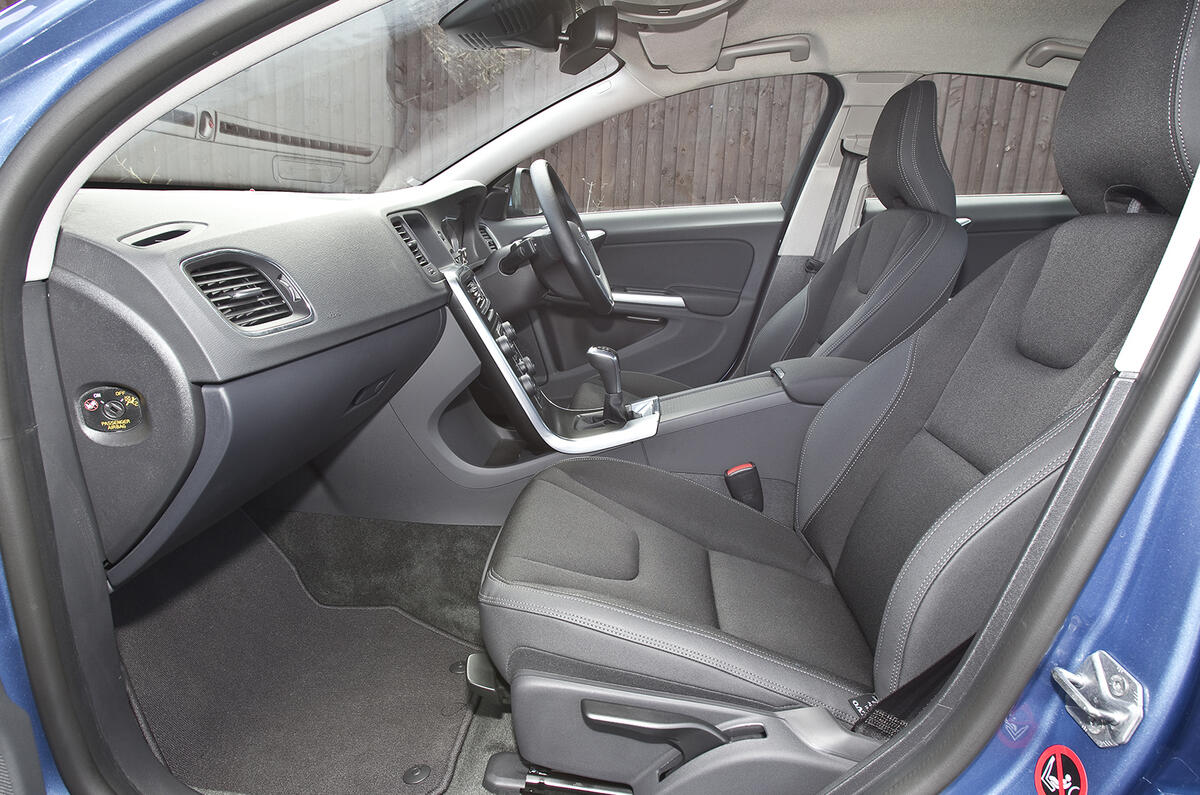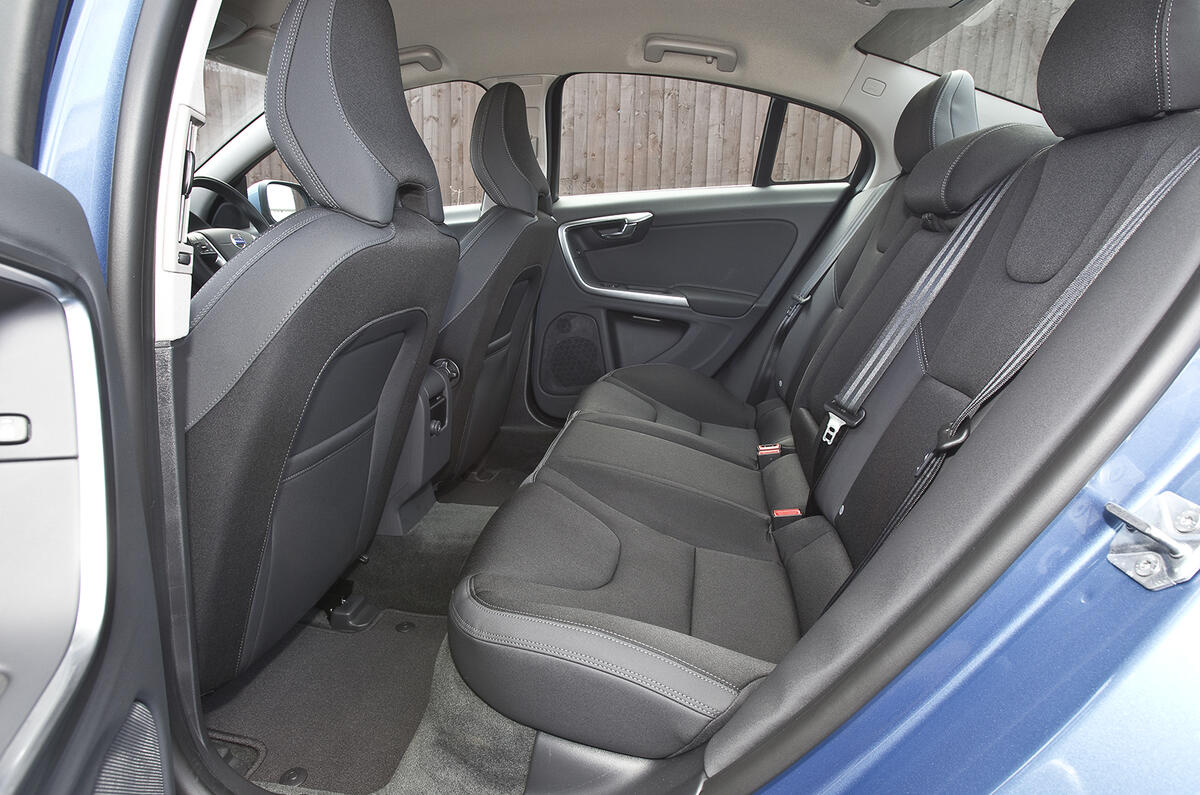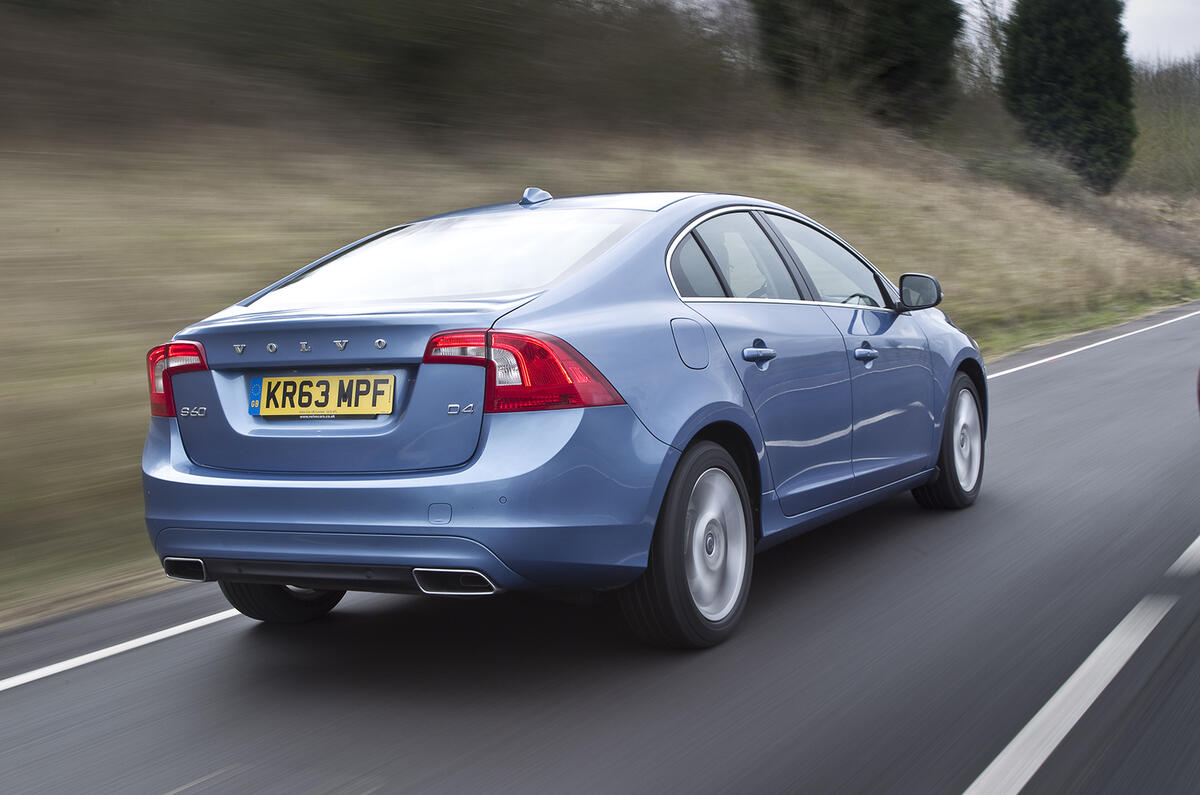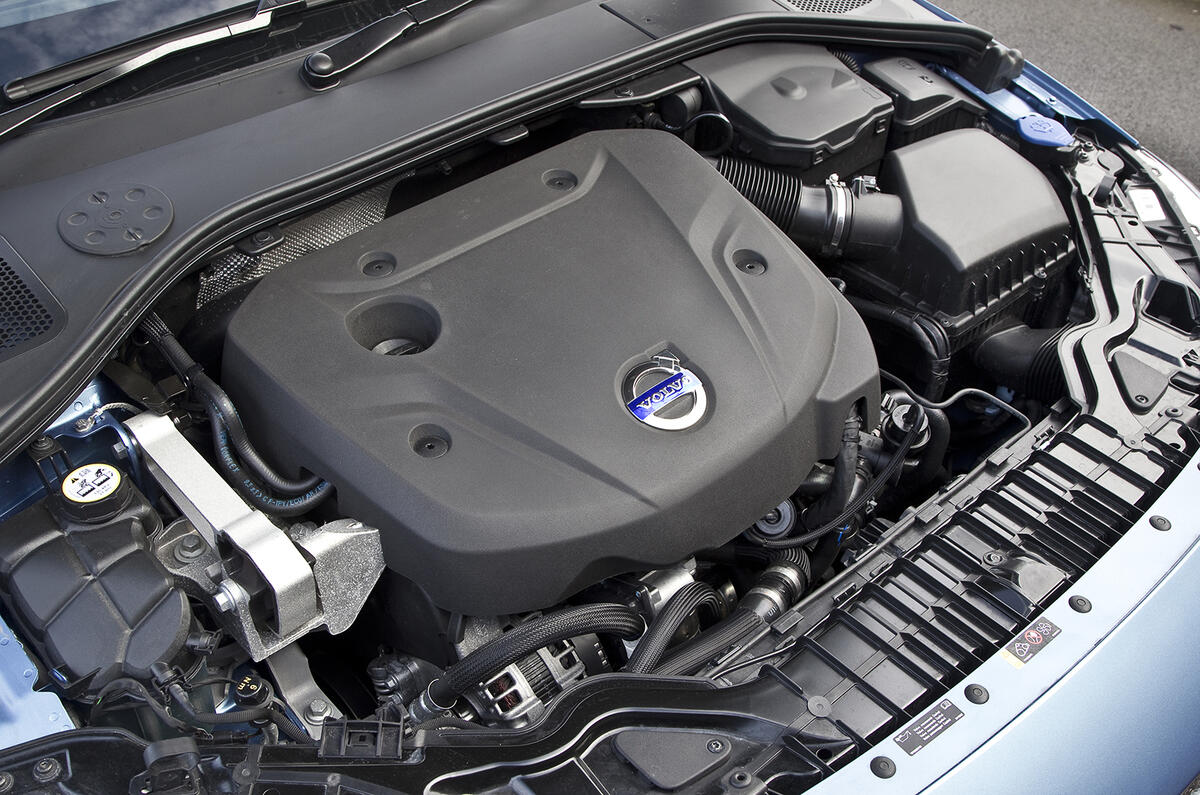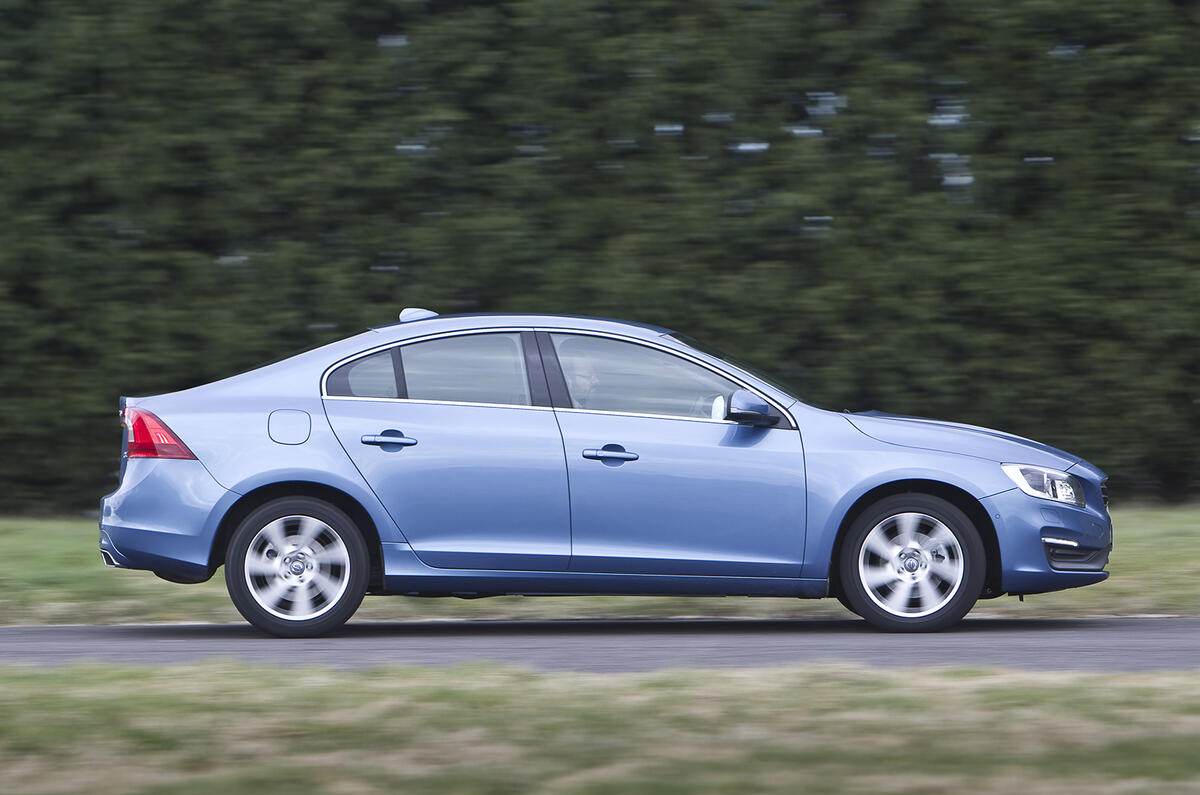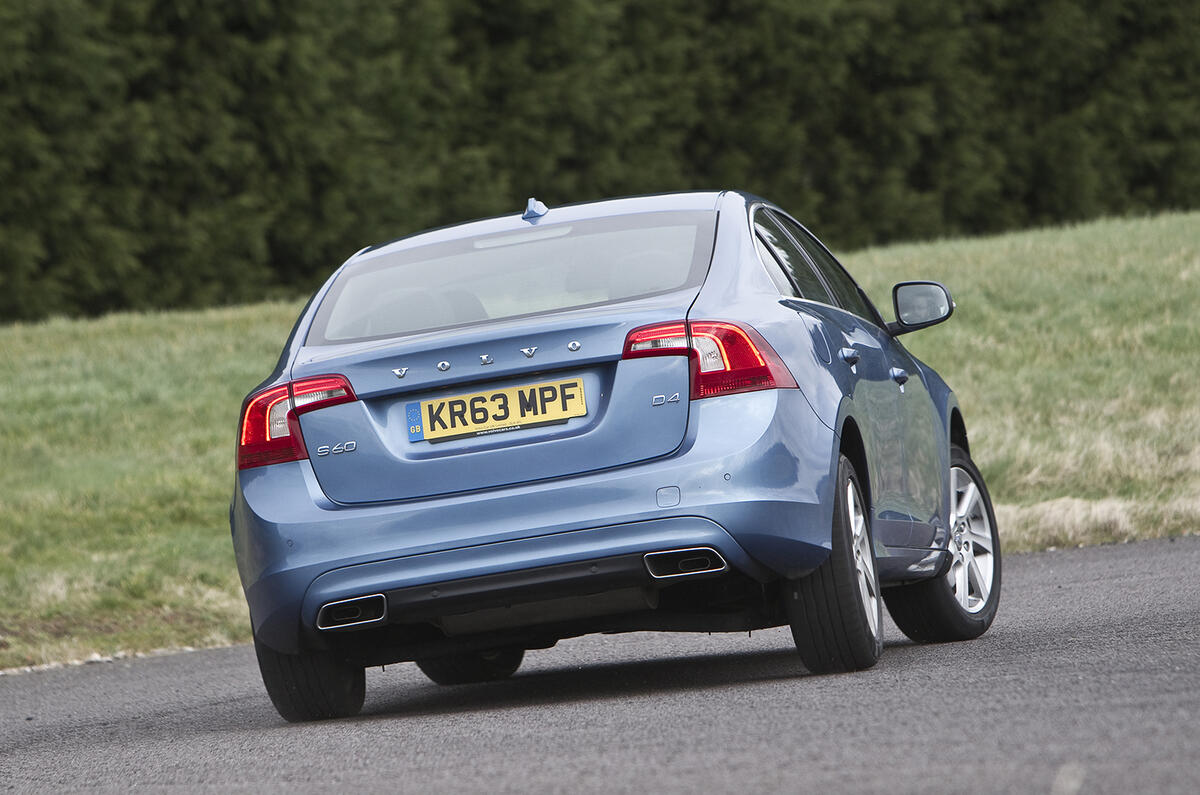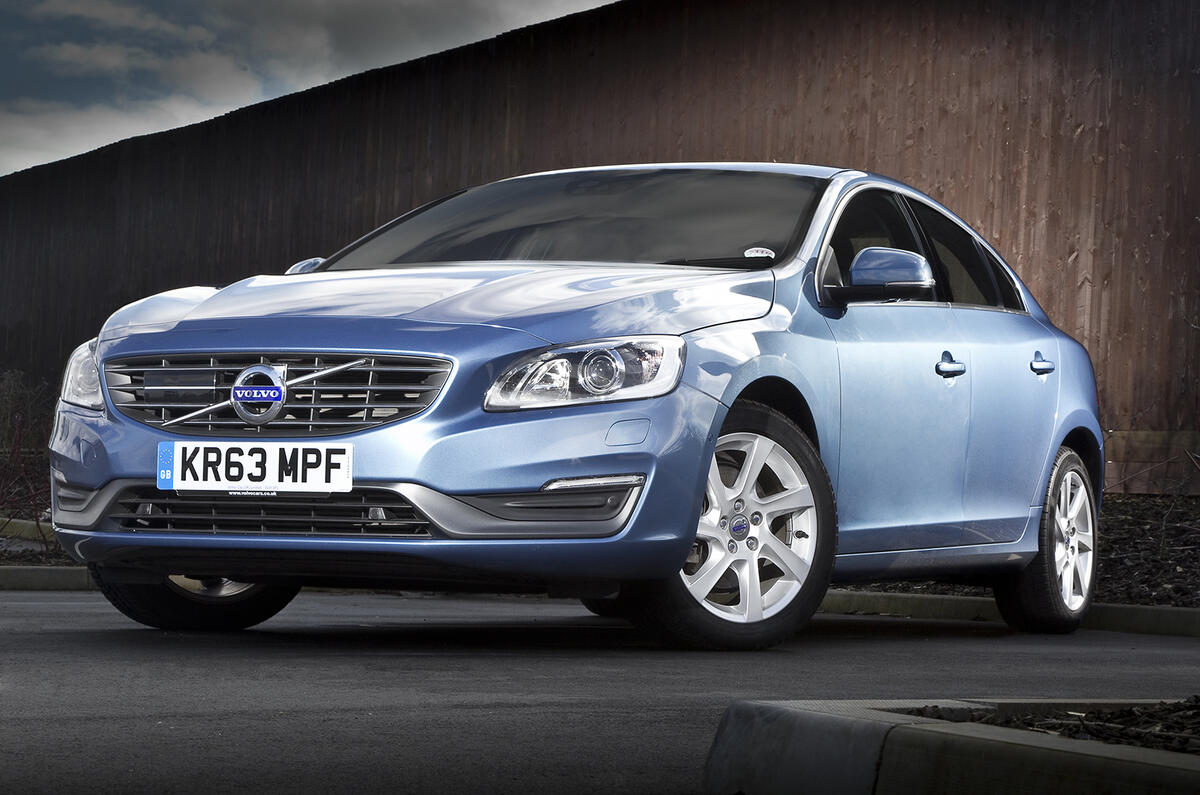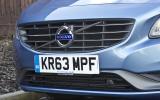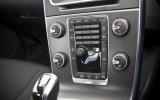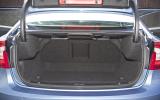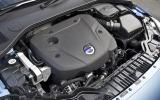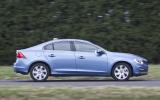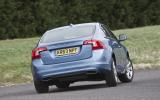Time has been kind to the S60’s cabin, as was always likely. Volvo continues to resist the influence of many short-lived trends in premium car interior design, preferring instead to focus on systems and features intended to make your motoring experience better, rather than distracting you from the business of driving.
You’ll find no MMI-style rotary controller here, no fingertip touchpad, no head-up display and no widescreen multimedia interface. It has few of the more garish styling touches that have infiltrated the cockpits of various BMWs, Audis and Mercedes-Benz of late.
The S60 is instead characterised by simple, effective design flourishes, such as the sweep of satin chrome trim that neatly makes a highlight of the interior door handles. Substantial and tactile but tastefully underplayed materials also feature, as does a pragmatic emphasis on comfort and ease of use.
An Audi devotee might label the button-filled alphanumeric control console a wasted opportunity to declutter, but a Volvo buyer would value the straightforward simplicity of operation that it brings. And so do we.
We’re less convinced by the S60’s second-row headroom, which remains a bit tight, and by some features – such as the displaced central air vent and the storage cubby hidden behind the centre stack – that you’d describe as either quirky or strange, depending on how charitable you were feeling. For the most part, though, this is a very pleasant, smart and practical space.
The S60’s standard cloth seats are large, broadly adjustable, supportive and very comfortable. The new digital instrument display is clear and features Elegance, Eco and Performance display modes.
The Volvo S60 range is divided into five trim levels: Business Edition, SE Nav, SE Lux Nav, R-Design Nav and R-Design Lux Nav. Each model is reasonably well equipped. The entry-level Business Edition and you will find cruise control, automatic wipers and lights, rear parking sensors, and hill start assist, while inside there is climate control, electronic windows and a 7.0in touchscreen infotainment system complete with DAB radio, Bluetooth and sat nav.
Upgrade to the SE Nav model and there is a touch of chrome, leather upholstery and 17in alloy wheels, while the SE Lux Nav trim adds keyless entry, xenon headlights and electrically adjustable driver's seat.
The R-Design Nav and R-Design Lux Nav models add some sporty details including a rear diffuser and lowered sports chassis, while the latter receives a rear spoiler and leather clad sports seats.
Volvo doesn’t discriminate when it comes to safety kit. City Safety, which reduces the severity of low-speed shunts, stability control and myriad of airbags are all fitted across the range.
The Volvo's Bluetooth is easy to pair up to your phone, call quality is good and the menu makes navigating your call lists simple. The seven-inch multimedia display isn’t touch-sensitive, so your inputs have to go through the rotary knob in the top right quadrant of the centre stack. It’s easy once you’re familiar with the logic – probably easier and just as fast as a touchscreen system on the move.
Volvo's Sensus Navigation system comes with full European mapping, which you can update twice a year for free. The seven-inch display isn’t stunning, but it’s as big as it needs to be and maps are detailed enough. Programming would be quicker at a standstill via a touchscreen. Voice control makes menu navigation easier and less distracting on the move.
You get DAB radio and internet radio as standard. DAB reception isn’t great and, in our experience, internet radio reception was equally mixed. The audio system seems powerful and crisp, though.


